Gorgonopsians, the ancient bear-sized mammals from 250 million years ago, have captured the attention of experts in the US, UK, and Canada due to their unique dental features. Research has revealed that these formidable predators boasted 5-inch canines, akin to steak knives, with a saw-like design characteristic typically associated with meat-eating dinosaurs like the famous Tyrannosaurus rex.
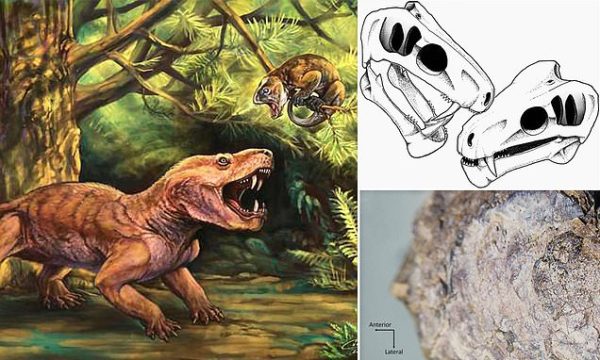
In a groundbreaking study led by paleontologist Megan Whitney from the University of Washington, it was discovered that gorgonopsians possessed serrated teeth crafted from enamel and dentine, allowing them to efficiently tear into the flesh of their prey. The distinctive tooth structure, characterized by blade-like serrations, enabled these predators to dismantle the hides and flesh of early mammals and reptiles, showcasing a remarkable predatory specialization that predates the rise of dinosaurs.
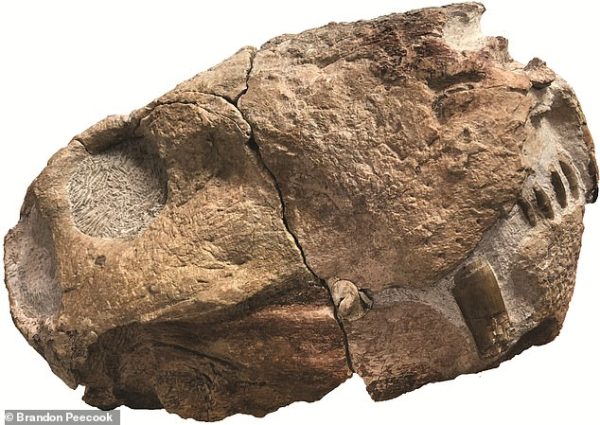
Dr. Whitney and her team uncovered that gorgonopsians’ dental arrangement mirrors that of bird-like dinosaurs, highlighting a carnivorous adaptation that emerged during the Permian era, long before dinosaurs roamed the Earth. Despite evolving from smaller mammalian ancestors, gorgonopsians grew to impressive lengths of around 10 feet, showcasing their agility and lethal hunting prowess.
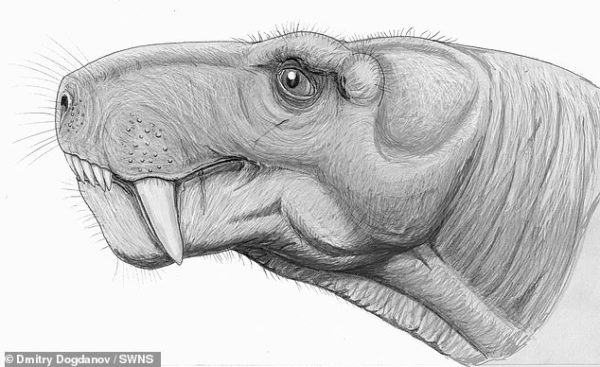
The study not only sheds light on the evolutionary origins of saber-toothed animals but also challenges preconceptions about the timeline of specialized tooth structures. Contrary to previous beliefs, gorgonopsians initiated the development of complex serrated teeth earlier than dinosaurs, emphasizing their role as evolutionary precursors to mammals rather than reptiles.
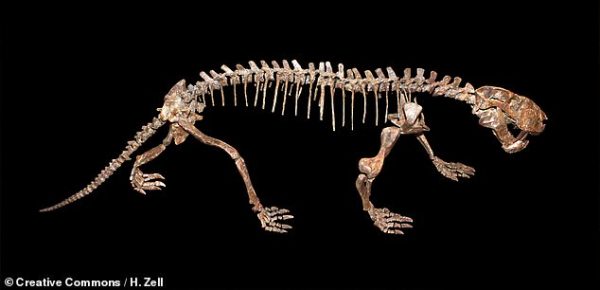
Furthermore, the sophisticated tooth structure found in gorgonopsians suggests a deep-rooted evolutionary history within the amniote group, incorporating both reptilian and mammalian lineages. This discovery underscores the early emergence and optimization of intricate dental adaptations within ancient animal species, defying conventional assumptions about the evolution of complex traits over time.
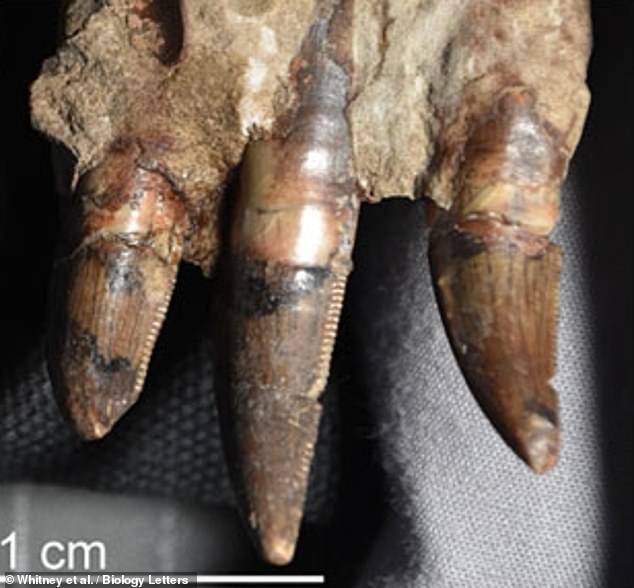
The research team’s findings, published in the journal Biology Letters, highlight the intricate convergence of evolutionary paths among ancient predators. By uncovering the hidden dental features of gorgonopsians, scientists aim to unravel a more nuanced evolutionary narrative surrounding the development of teeth’s crucial aspect of prehistoric predators’ hunting capabilities.
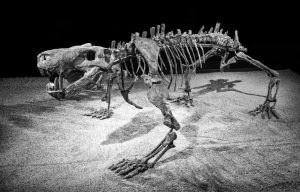
As researchers continue to explore the mysteries of prehistoric life, gorgonopsians stand as a testament to the ingenuity of evolution and the enduring legacy of ancient predators that once roamed the Earth.
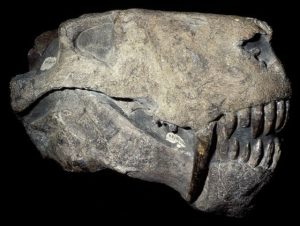
In conclusion, the study of gorgonopsians unveils a remarkable chapter in the evolutionary history of ancient predators, offering valuable insights into the development of specialized teeth and the diverse adaptations that shaped prehistoric ecosystems.